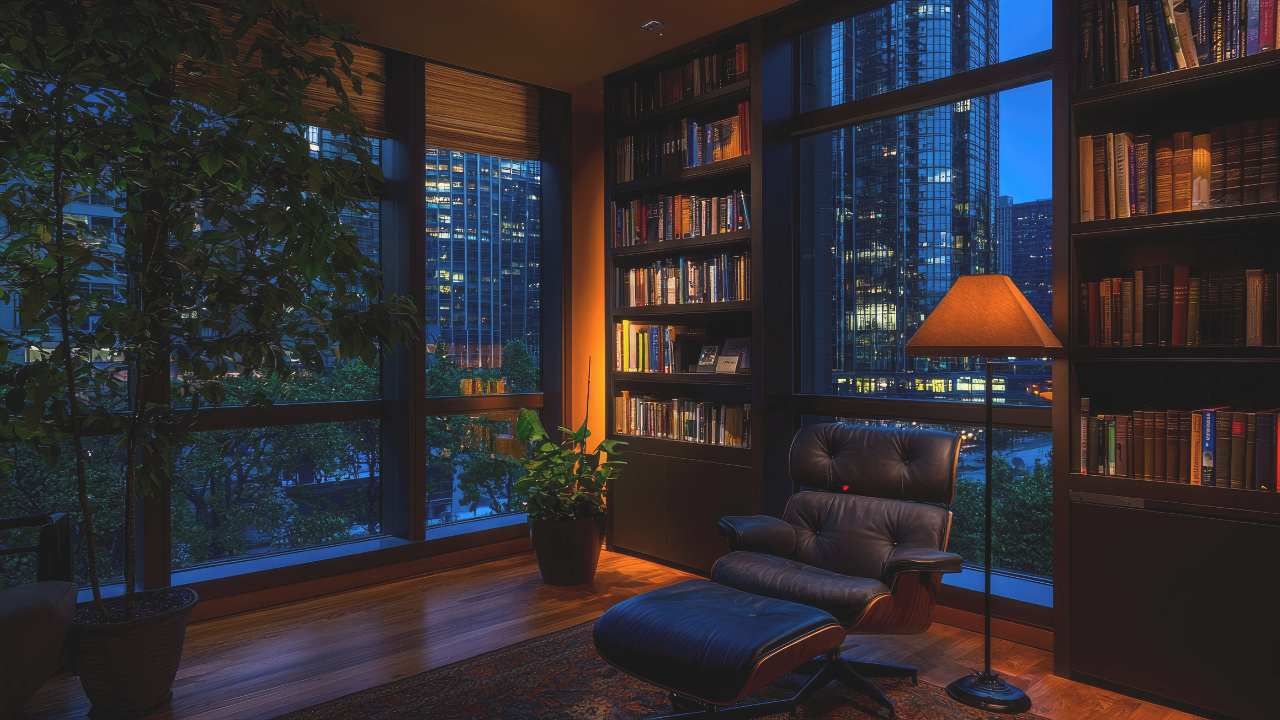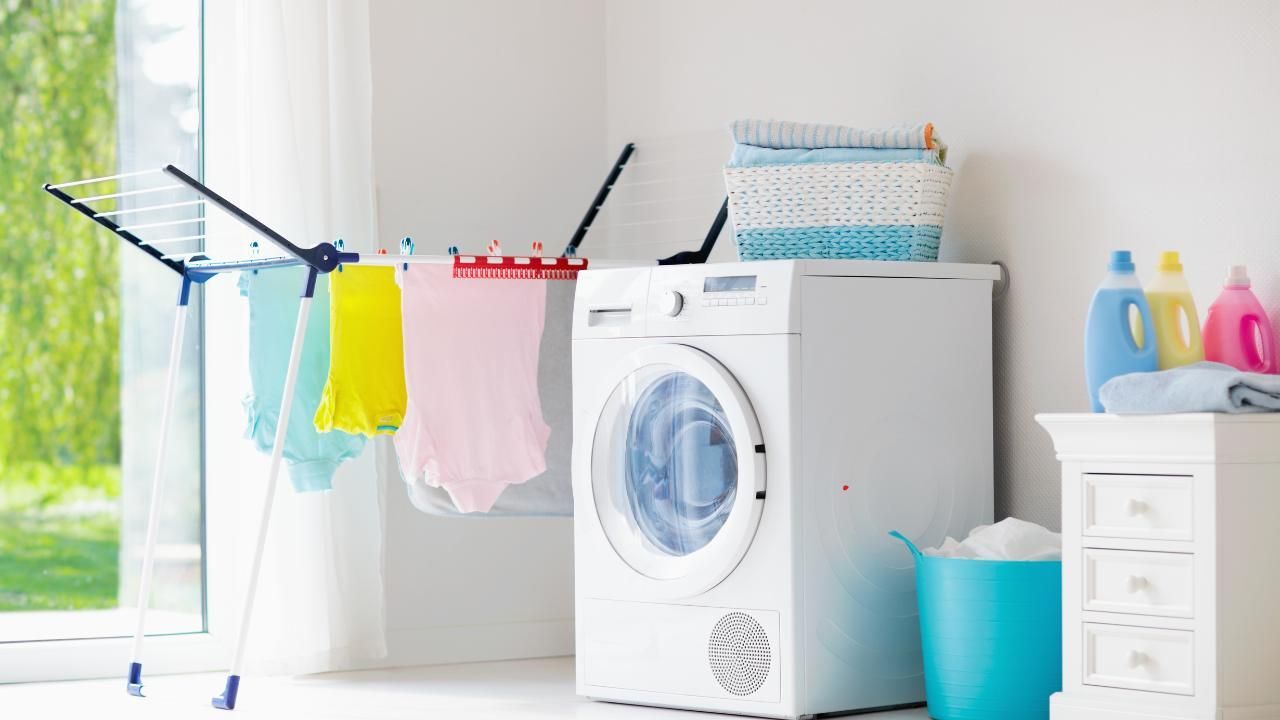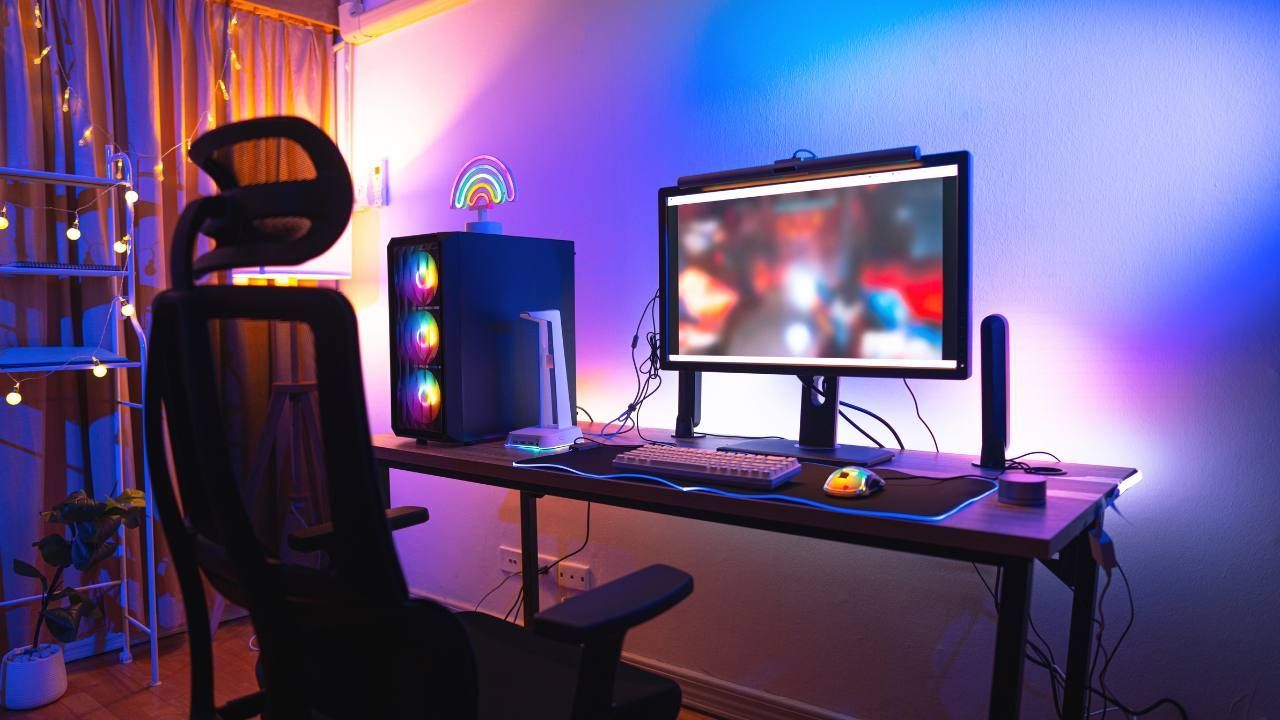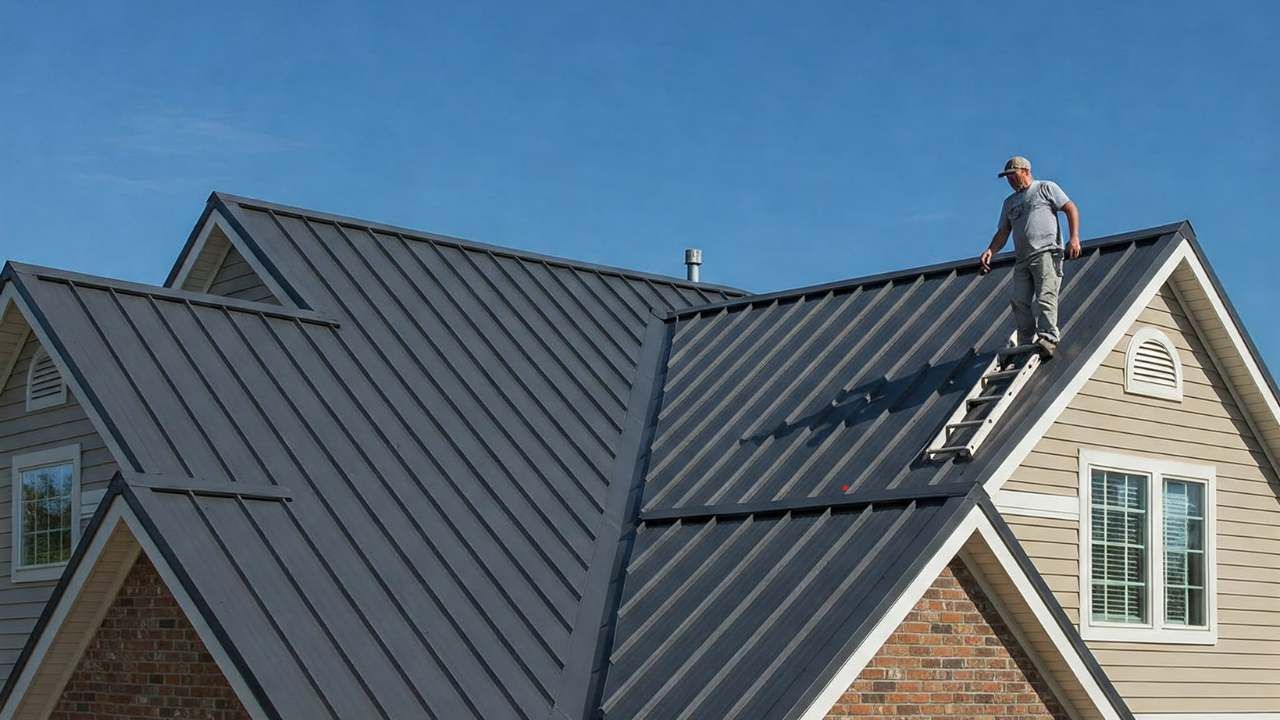How to Fix Interior Paint Blemishes and Touch-Ups the Right Way
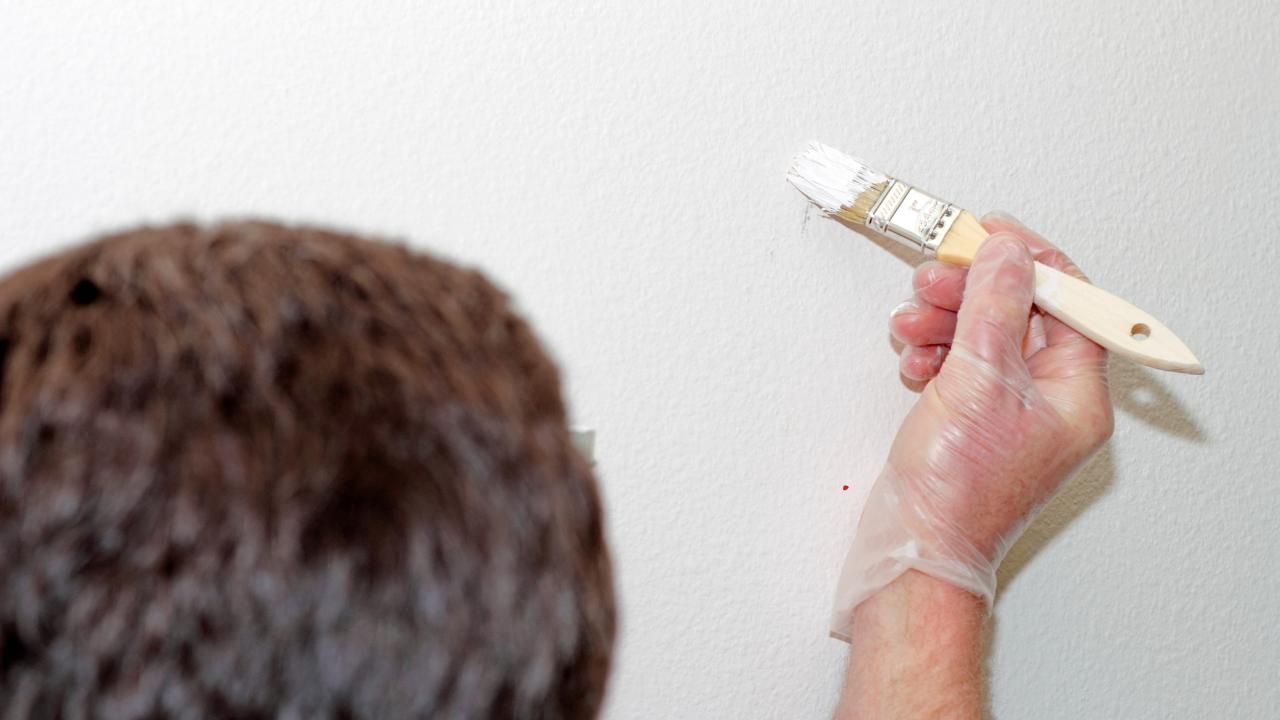
Even the most carefully painted walls can fall victim to scuffs, scratches, or uneven patches over time. Whether it’s a curious toddler with sticky hands, moving day dings, or simply the wear and tear of daily living, interior paint blemishes are inevitable. The good news? You can fix them—without repainting the whole wall.
In this post, we’ll walk you through how to properly handle paint touch-ups so they blend in seamlessly. Bellingham homeowners, if you've ever asked yourself, “Do I need to repaint the whole room for this tiny flaw?”—this guide is for you.
Common Paint Blemishes (and What Causes Them)
Before you reach for your brush, it helps to know what kind of blemish you’re dealing with:
- Scuffs and marks: Often caused by furniture, shoes, or hands
- Nail holes and cracks: From artwork removal or settling walls
- Peeling or flaking: Due to moisture or poor surface prep
- Shiny spots or uneven sheen: Usually the result of over-touching with glossy or mismatched paint
Each type of blemish requires a slightly different approach, but they all follow the same foundational steps: clean, prep, and blend.
Step-by-Step: Touching Up Paint the Right Way
Touch-ups aren’t as simple as just dabbing paint over a spot. Here’s how to get it right:
1. Clean the Area
Use a soft cloth and mild detergent to gently clean the surface. Even small amounts of dust or oil can affect how paint adheres.
2. Assess the Damage
Is the blemish just surface level, or do you need to patch something deeper? Small holes can be filled with spackle; just make sure it’s fully dry before moving forward.
3. Sand and Smooth
Use fine-grit sandpaper (around 220) to smooth out the patched area or to feather the edges of peeling paint. This helps the touch-up blend seamlessly.
4. Prime If Needed
If you’ve patched a hole or sanded down to the drywall, always use a primer. Otherwise, your touch-up may appear dull or off-color.
5. Use the Same Paint and Tool
Here’s where most people go wrong: using a brush instead of a roller, or using leftover paint that’s been exposed to air for months. Always match the original paint type (flat, eggshell, satin, etc.) and use the same application method.
6. Feather the Edges
Instead of applying paint in a solid blob, use light strokes to feather the paint outward. This avoids a hard-edged patch and blends better with the surrounding area.
Pro Tips for Better Touch-Ups
- Test first. Try your touch-up in a hidden spot before working on a visible area.
- Shake and strain paint. Lumps or color separation can ruin your results.
- Keep extra paint stored properly. Seal it tight and store in a cool, dry place—away from extreme temperature changes.
Case Study: From Patchy to Perfect in Bellingham
Susan, a homeowner in Bellingham, WA, noticed a few unsightly scratches on her freshly painted hallway wall after moving in a new bookshelf. Rather than repaint the entire wall, she followed the prep-touch-feather method above. She used a small roller to apply her stored leftover paint, and thanks to careful sanding and a dab of primer, her wall now looks as good as new—no visible lines or color differences.
When to Call in the Pros
If you’ve tried touch-ups and still notice unevenness—or if you’re dealing with widespread issues like bubbling or moisture damage—it may be time to call in the experts. A quick online search for “painting contractors near me” will bring up local pros who can help.
Next Step Painting LLC, known for its high-quality painting services across Bellingham WA, offers both full-room repaints and precision touch-up work. Sometimes, getting it done right means handing the brush to someone with a trained eye.
Final Thoughts
Paint blemishes don’t have to be the end of your beautiful walls. With a bit of care and the right technique, you can fix small flaws like a pro—and know when it’s time to bring in extra help.
Ready for a flawless finish? Reach out to a local painting expert in Bellingham and bring your walls back to life.







